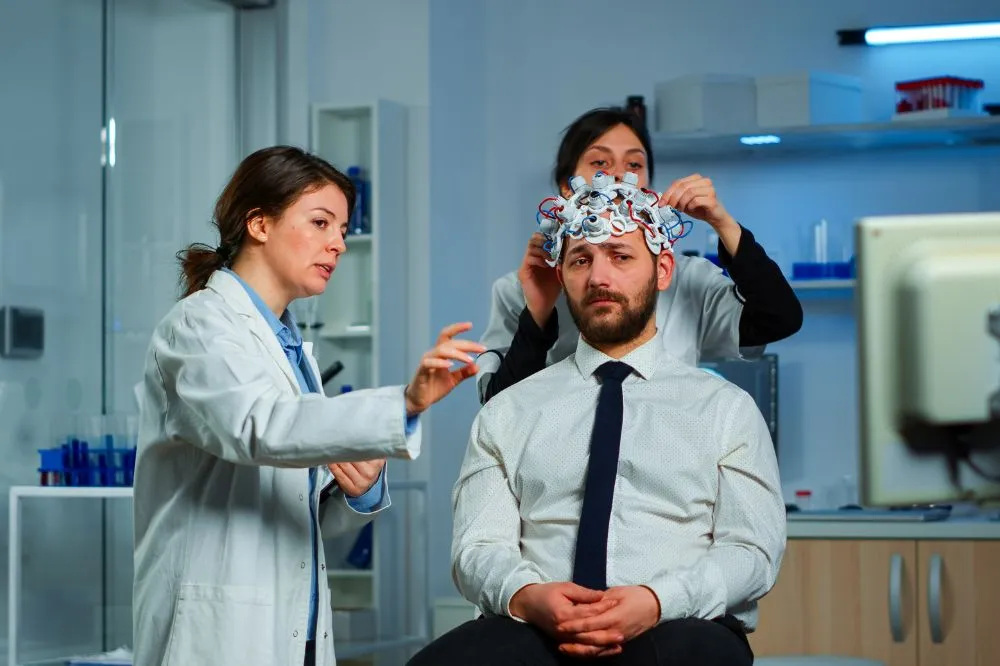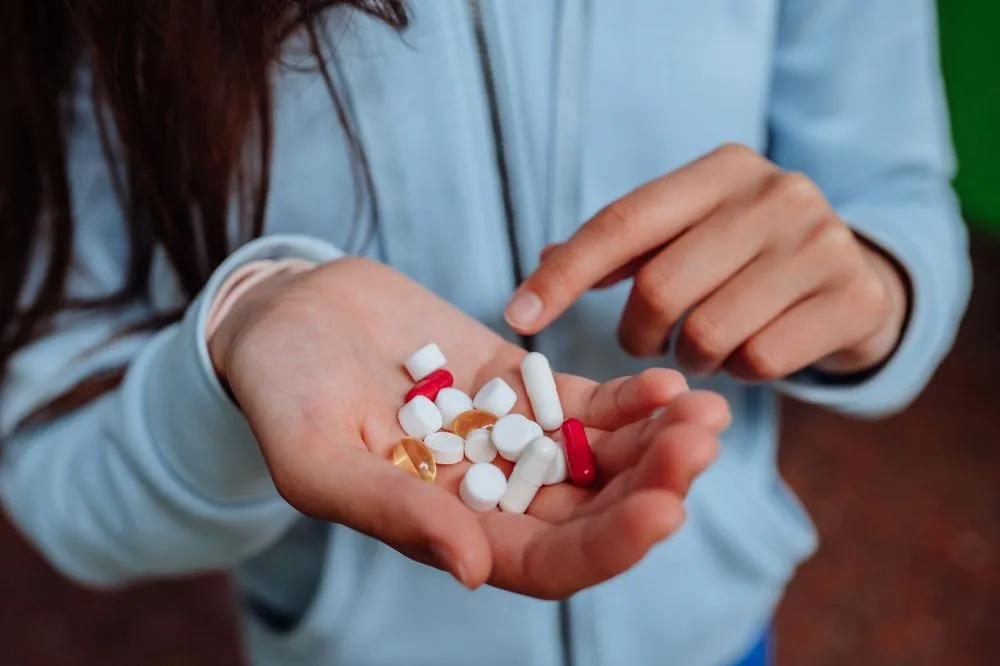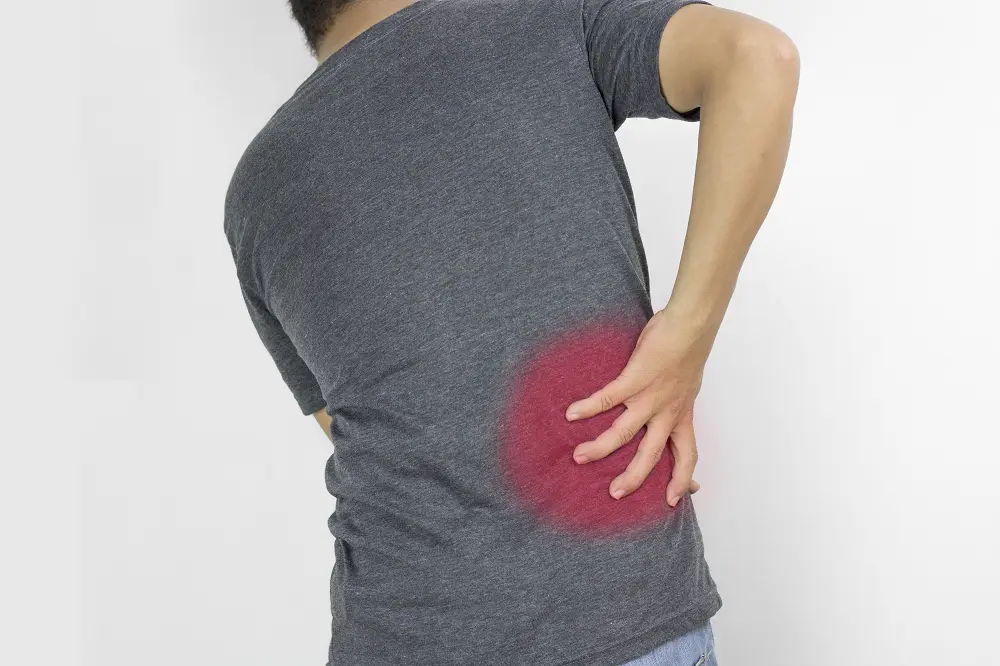Summary: PTSD is quite a common problem managed both with the help of medications and cognitive behavioral therapy. Among drugs, doctors mainly use antidepressants to treat the condition. Although most may benefit from treatment, it has a high relapse rate. To reduce treatment duration and prevent disease relapse, researchers need to understand the underlying mechanism of PTSD and find new medications. New studies show that modulating NMDA receptors may help erase traumatizing memories and help achieve spontaneous disease remission. Currently, using ketamine along with cognitive therapy is one way of doing so. In the new study, researchers tested the new molecule NYX-783 with great success.
An estimated 3.6% of US adults are living with PTSD. In addition, it is estimated that about 7% of adults would be affected by PTSD during their lifetime.
PTSD as a diagnosis is not old, and doctors first started using this term to describe mental health issues in Vietnam war veterans. Thus, doctors first defined PTSD in the 1970s. However, it does not mean that PTSD does not exist in olden times.
PTSD has always existed. It is caused by some traumatic experience. Some individuals find it hard to forget those experiences and report trauma symptoms like flashbacks, anxiety, and negative cognitive performance.
One of the issues with mental health disorders is that they are pretty difficult to treat. This is because the researcher still does not fully understand their pathogenesis (how the disease develops and underlying mechanisms). Moreover, modulating specific parts of the brain is even more challenging. Nonetheless, research is ongoing, and we can expect the introduction of safer and more effective therapies in the future.
At present, doctors use a range of drugs to manage post traumatic stress syndrome. They especially use antidepressants like selective serotonin reuptake inhibitors (SSRIs).
A combination of cognitive behavior therapy and drug therapy may help in spontaneous recovery
Along with drug therapy, doctors also use non-pharmacological means to manage the effects of PTSD. People living with PTSD are sane, and thus they can follow the instructions. Hence, cognitive behavior therapy may help desensitize individuals and help erase fearful memories.
Of course, non-pharmacological treatment is better in many ways. In many cases, it has a higher safety profile and may ensure prolonged disease remission or even complete cure. But, non-pharmacological & telehealth treatments like cognitive behavior therapy need much effort and time. Moreover, it fails to help in almost half of the cases. It means that its efficacy can be increased by combining it with some medications.
There are many ways of erasing these fearful memories faster, like using ketamine. However, researchers are looking for more effective and safer drugs.
Studies show that glutamatergic neurons play an important role in PTSD development. Further, studies suggest that the N-methyl-D-aspartate receptor (NMDAR) on these neurons helps control learning, memory, and synaptic plasticity. It means modulating these receptors could be a key to faster PTSD recovery.
Researchers tested a new molecule that may help erase traumatic stress & fearful memories and thus, treat PTSD
In the new study published in the journal Molecular Psychiatry, a team of researchers tested a new molecule called NYX-783 in a mice model. It means that this is still an early study or pre-clinical study. Nevertheless, they found that this particular compound could modulate NMDAR and thus can help modulate memories and early experiences.
The researchers carried out a test by exposing mice to severe and prolonged stress to induce PTSD-like conditions in them. Next, they started treatment procedures aimed at erasing those traumatic memories.
They tested the NYX-783 drug along with ketamine. The researchers found that injecting the new substance about an hour before starting fear extinction therapy could help quite well. The new drug was especially good at inducing spontaneous recovery. It also helped prevent treatment relapse, thus the return of PTSD.
The researchers further studied how this particular molecule works and found that it helps in multiple ways. First, it modulates NMDA receptors by action on the so-called GluN2B subunit. However, their drug activity diminished if they used the Grin2b knockdown model.
Researchers found that although this molecule helped erase traumatic memories, it was dependent on a brain-derived neurotrophic factor (BDNF) to work. Thus, the molecule was less effective in those with suppressed BDNF activity.






